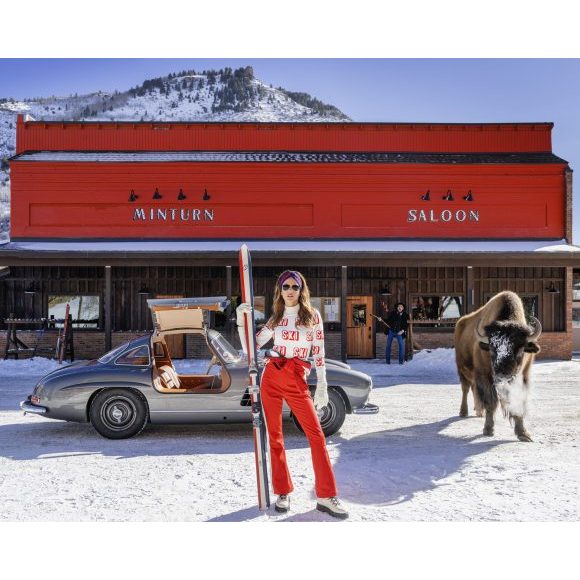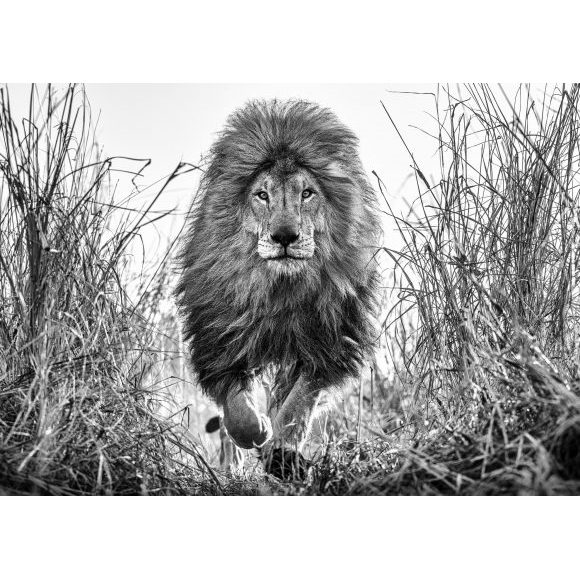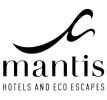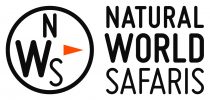Letter From San Francisco
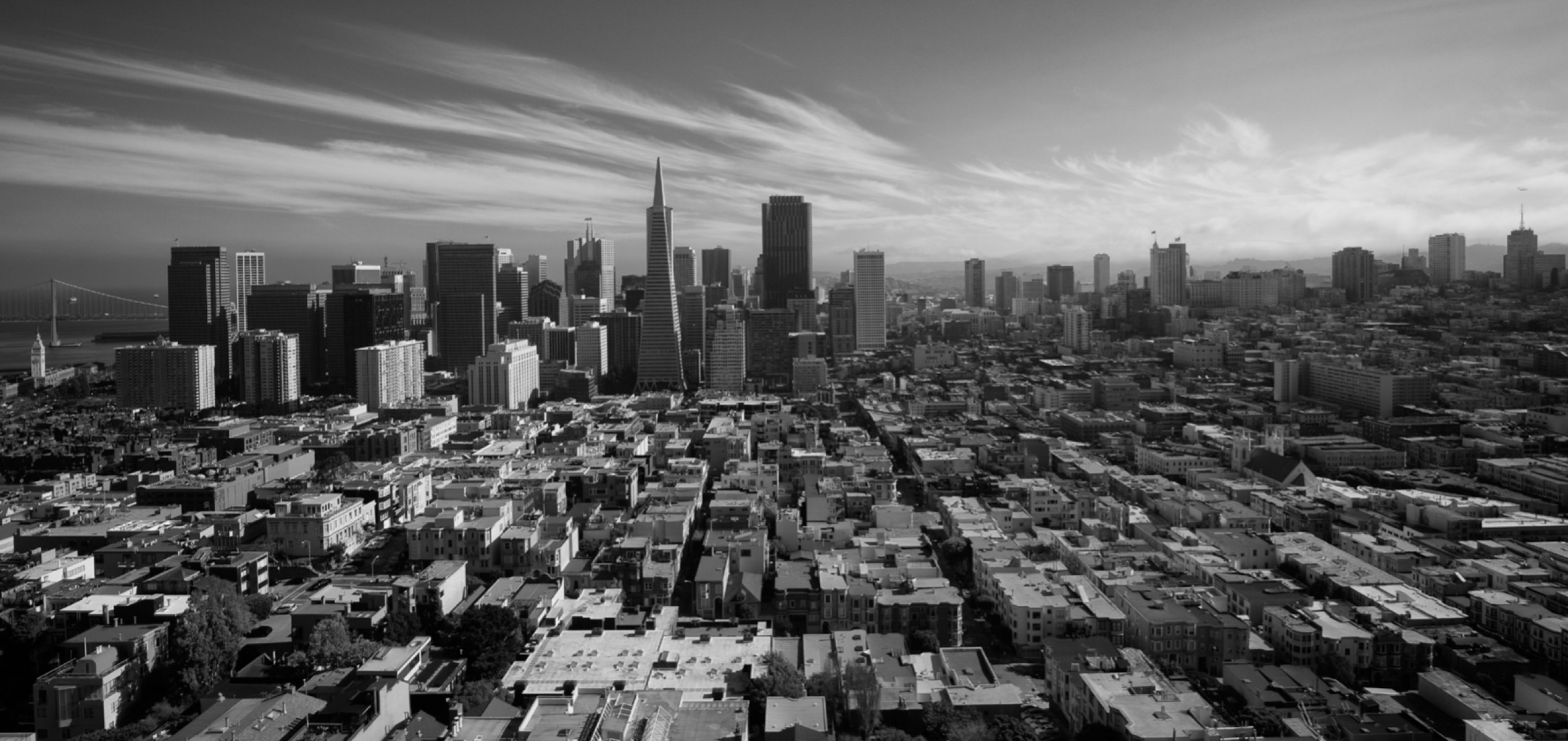
The River Clyde that dissects the storied city of Glasgow, Scotland has played a role in my family for a few generations - we built naval ships and they were launched on the Upper Clyde, before heading off to sea and then often into battle. Over the years, these frigates have had many river companions on their journey to the sea - but this was no Hemmingway narrative of leaping dolphins and creatures of the deep. This is Glasgow and the romanticist would be disappointed. We are talking redundant prams, supermarket trolleys and probably the odd severed torso. The Clyde will not win medals for its ecofriendly footprint - it probably hosts a greater variety of abandoned household appliances than it does fish.
The Clyde is indeed a working river rather than a filming location for Blue Planet and this has long been accepted. (Well it was until April 2018, when popular perception has to adjust to some remarkable visuals.) For reasons that will remain a secret, a pod of Orcas decided to check out the Clyde for the weekend. This is very bizarre - I have spent small fortunes travelling to Norway, Argentina and Alaska to photograph Orcas (often extremely unsuccessfully) and as it turned out, all I needed was to take the ScotRail train to Gourock and keep the change from £20. If this is the start of a new era for mammal mobility, my job is going to be much easier.
No need to go to Virunga National Park, Rwanda to photograph mountain gorillas, when we just need to wait for a Silverback and his troop to spend the weekend in Liverpool.
The planet is dynamic and no place is ever the same twice. I am often asked whether I am going to run out of locations and subject matter and my answer is always that the question implicitly assumes static conditions and static animal behaviour. Neither are true. Those that have photographed the River Clyde throughout their life before chancing upon those intrepid Orcas a fortnight ago, would no doubt agree.
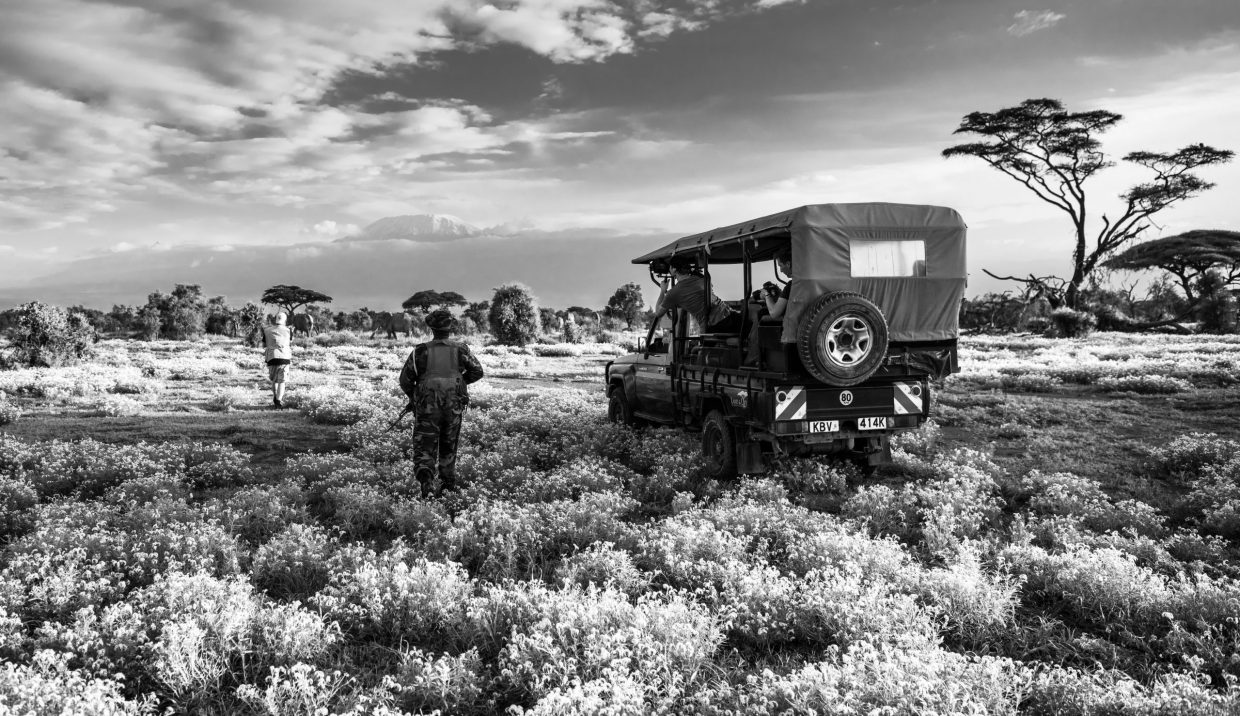
When I arrived in Amboseli, Kenya this spring, I barely recognised the place - the year long drought had ended with such a dramatic period of rainfall, that the ecosystem was unable to cope. For the first time in 10 years, the normally dry Lake Amboseli was a foot under water and the modest landing strip at the airport was all but marooned.
I was there - as always with Amboseli - to photograph elephants, but on arrival very few of the resident 1300 population were to be seen. Their normal behaviour had been thrown into chaos by the degree of rainfall, and most had abandoned Amboseli for the forested foothills of Kilimanjaro. The rain was not gentle - it seemed almost prudent to start building an ark. Dust can turn into mud very quickly in Africa.
The roads were barely driveable and unfortunately, we had a full film crew with us. It looked likely that we would be very restricted in where we could drive and what we could see. My spirits were fairly low as it appeared to be “the perfect storm” and I also knew that 10 days prior, the conditions were perfect, with large elephant herds crossing the then dry lake. The more people in my team, the more I bear a sense of responsibility for the assignment to be a success and the less flexible I can be with scheduling.
As an aside, it is quite ridiculous to apologise for the weather, but we all do it if we are hosting an event and the gods refuse to play ball. As it was that week in Kenya, we adapted and used the freak conditions as an opportunity. Good things happened and we had the whole ecosystem to ourselves.
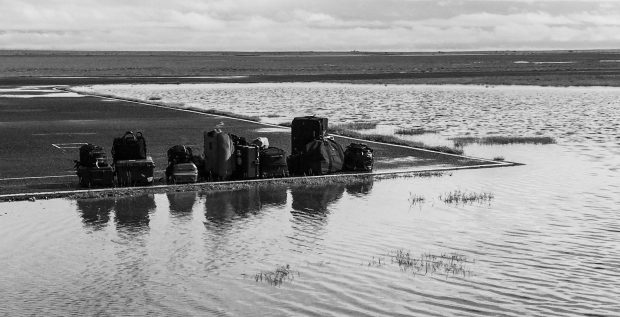

I had never seen Kilimanjaro with greater snow cover and meanwhile the rainfalls had turned the normal dustbowl of Amboseli into a series of white meadows. It was as incongruous a vision as seeing an Orca in the Clyde. There is a special image in this report - The Garden of Eden - that was made possible because of the shocking weather, not in spite of it. To borrow from Graham Greene’s wife, Vivien,
“Life isn't about waiting for the storm to pass.... It’s about learning to dance in the rain”.
No city lives under a greater threat of a freak event than San Francisco and one day something potentially devastating will happen. It may not be in our lifetime nor that of our kids, but one day the San Andreas fault will get angry.
But until that happens, and probably after, it seems highly likely that Silicon Valley, the Bay area and San Francisco itself will continue to lead the world in technological advance. We are smarter in the way we consume, work and live and it is the west coast of America pulling the strings. I am drawn to Seattle, San Francisco and LA, by a palpable sense of insecurity about being dangerously behind the curve.
If tomorrow is more important than yesterday, and it most surely is, the geographical tension point in our introspection is surely California. The fluency in the language of technological invention and financing of that invention is superior here to anywhere else in the world. The French are fluent in food, the Swiss are fluent in watch making and the Peter Thiels of Silicon Valley know how to change our lives. But more than that, they are comfortable with the material cash negativity that is so often a necessary bed fellow of creative courage.
The fusion of original content and technological advance have powered San Jose’s Netflix into a $140bn business and I admit to being slightly obsessed with their business model. As the world’s worst driver, it is closer to home than analysing the strategic map of their neighbours at Uber. Arguably a working fine art photographer cannot survive without new original content and Netflix’s scale of investment in content is a prompt.
I felt a need to understand a little about what is going on in this part of California and this took me in April to San Francisco for some fact finding. With my printing studio just an hour’s flight south in Culver City, LA, it was an easy trip.
Michael Porter’s seminal work in 1990 “The Competitive Advantage of Nations” introduced and popularised the concept of a business cluster - a geographical area in which enough resources and competences amass to reach a critical threshold to give that location a sustainable competitive advantage over all other places. It is difficult to think of two higher profile business clusters than Hollywood and Silicon Valley.
As we all know, in the mid-to late 1990s several successful computer technology related companies emerged in Silicon Valley in California. This led anyone who wished to create a startup company to do so in Silicon Valley. The surge in the number of Silicon Valley startups led to a number of venture capital firms relocating to or expanding their Valley offices. This in turn encouraged more entrepreneurs to locate their startups there. Sellers and buyers of finance for technology clustered in the Valley.
The cluster effect in the capital market also led to a cluster effect in the labour market. As an increasing number of companies started up in Silicon Valley, programmers, engineers etc realised that they would find greater job opportunities by moving to Silicon Valley. This concentration of technically skilled people in the valley meant that startups around the country knew that their chances of finding job candidates with the proper skill-sets were higher in the valley, hence giving them added incentive to move there. This in turn led to more high-tech workers moving there.
As the cluster gained momentum, so did Stanford’s key role in the community. Startups can piggyback off the University research and of course Stanford alumni play a key role in maintaining Silicon Valley’s competitive advantage. Stanford needs Silicon Valley and Silicon Valley needs Stanford. The pressure for places at the Palo Alto campus has never been more intense - last year the acceptance rate fell to below 4%. California's preeminent position in the new world has seemingly never been more secure.
Before I arrived in San Francisco, I decided to put my old hat on and do some numbers. There are some extraordinary data points. The headquarters of Facebook, Google and Apple (companies now with a combined value of $2 trillion - 40% of the entire UK stock market) are all within an Uber drive of each other and in Silicon Valley alone these three new world giants now employ a staggering 130,000 staff. Go one tier down and the newer kids of Netflix, Airbnb and Uber itself now have a combined value of over $240bn and employ 25,000 in the San Francisco and valley area alone. The list goes on - Elon Musk’s SpaceX employs 7,000 people in the Valley and nearby businesses such as Drop Box, Pinterest and Palantir all have values of over $10bn. There are clusters and there are clusters. Silicon Valley is empirically the daddy of them all.
I knew where I wanted to go in San Francisco and I also knew who I wanted to meet. These days it is slightly easier than it once was. Sotheby's selling one of my images in New York recently for $100,000 has certainly opened a few doors and there is absolutely no merit in being shy. My homework led me to an old candy warehouse building near the financial district - called The Battery.
"The Battery is the leading networking club in the leading city for creative innovation in the world..."
The Battery is the leading networking club in the leading city for creative innovation in the world - it is the epicentre of the cluster that has powered Silicon Valley to its place at the top of the world. On that basis The Battery is highly relevant - it is effectively Ground Zero for the changing world. The open brick and industrial metal interior play host to the bling and the bold in art and the brightest geeks on the planet. It’s a human zoo that visually beats most animal zoos and justifies a visit to San Francisco alone. How instructive of our times that a private members club beats Alcatraz as a good day out and the irony is that both establishments either housed or still house rule breakers.
The 4,800 private members pay considerable annual sums for a place at the table and membership is meritocratic, policed and far from easy. It may have been easier to get out of Alcatraz than get into The Battery.
The owner of the joint is actually a Brit - Michael Birch - who left the UK for San Francisco 20 years ago and in 2008 he and his wife sold their social networking site Bebo to AOL for £650m. Two friends had given me the lead into Michael - one being the new San Francisco based CEO of Kodak - Jeff Clarke - a man with the vision and knowledge of photography to reignite one of the most famous brands in the world. Jeff endorsed my hunch that Michael Birch was the person to meet.
I was fortunate enough to spend a good amount of time with Michael during the day and indeed the evening at The Battery - which bills itself as a “living social experiment” to inspire new ideas amongst its clientele. It’s certainly an intriguing mission statement and when Michael offered me membership, I was honoured to join the “living social experiment”. Manifestly, Michael knows a thing or two about bringing people together and the 60,000 sq. ft club is very much his baby. It is not just a conceptual statement about how to work
smart and live smart, its bohemian interior shouts for attention at every turn. The Battery is a long way from the Gentleman’s clubs of St James’s, London and so too are the clientele.
Brilliant people like Michael Birch think differently and they think a great deal, but like an Ethiopian long-distance runner that wins without breaking sweat - his cognitive processing seems effortless. If my brain at times of need creates a disposition akin to a washing machine in its final cycle - his working brain appears to invoke the constant calm of a lazy sunrise. It’s just not fair.
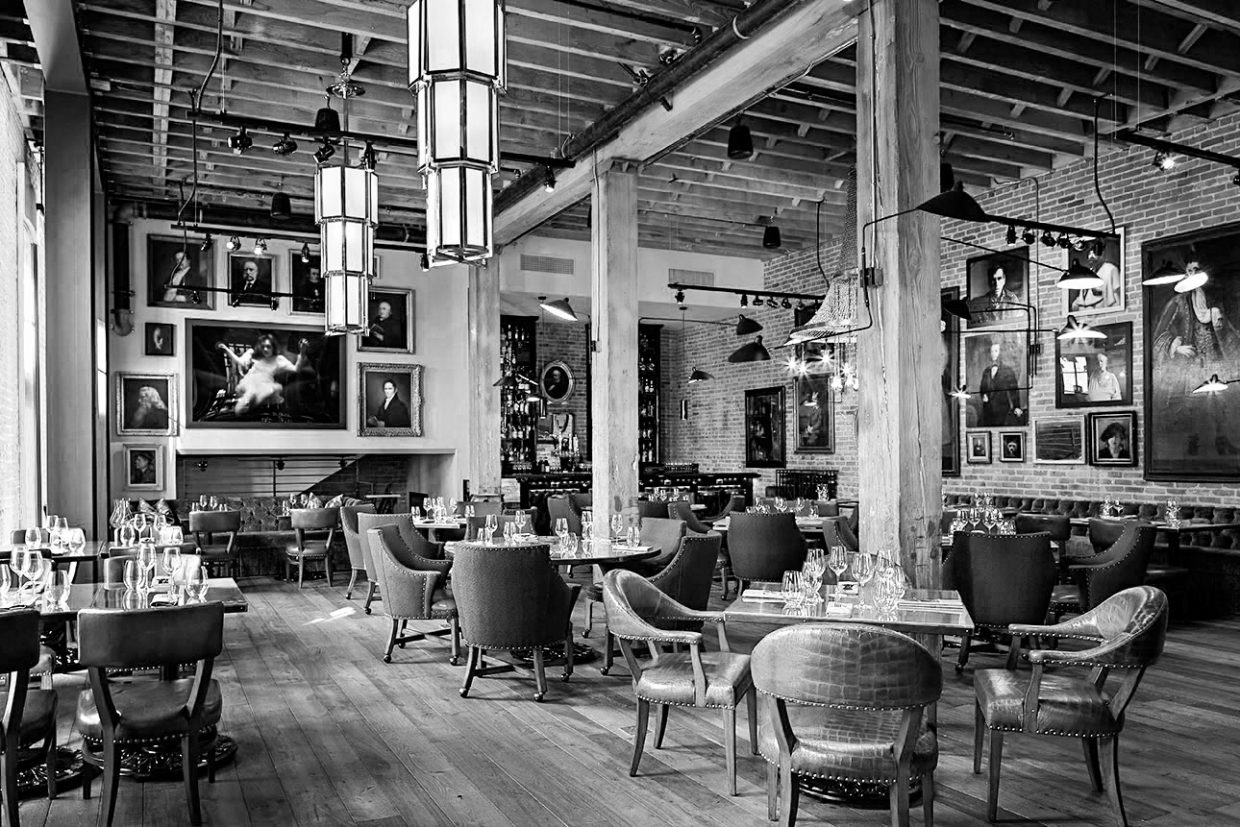
But what of all this? Where is the read through for what I do in photography?
Be Original
Firstly, the success of so many new concept businesses in Silicon Valley emphasises the importance of creative and original thought. The conversations at The Battery are about doing things differently and not accepting the status quo. Whether the executives work at YouTube, Airbnb or Uber, their default thinking position is to push boundaries.
I am a picture maker, not a picture taker. That puts me in a position where I am responsible for the originality of the image. I have no one to blame other than myself if a preconceived image falls short in content or creativity. Emotion is a core value in a photograph, but so too is originality. San Francisco and Silicon Valley are a showcase of the importance of originality of thought and it is difficult to spend time there and not assess your own scorecard in this department.
As I plan for the months ahead, I will try to employ more creative courage than maybe I have done in the past. There seems little downside in raising the bar in what is mainstream and banal. As Grace Hopper instructed us “A ship in harbor is safe, but that’s not what ships are built for”.
Collaborate
Secondly, clubs like The Battery do serve as a reminder that collaboration tends to be more effective than a singular crusade. The more unfamiliar a location for a shoot, the more help I need on the ground. Taking original new content is not easy and nor should it be - partnerships offer the best chance of success. Michael Birch has proved twice in his life the value of networking and this applies to the arts world as well as it does to tech geeks. It is instructive to me that my work in Montana for instance has got steadily more creative as my network has expanded.
The Battery has attracted a fair degree of criticism. Some have called it elitist and self-important and questioned whether geeks can ever be socially sophisticated whatever the venue. But the club’s popularity is really the only barometer that matters - the principle of networking works.
There are very few artists that are good enough to work in solitude and without counsel and I am certainly not one of them. The days of taking off on my own to a hut somewhere in Greenland are over - I need other people in my hut. That offers the best chance of success.
Invest
Thirdly, a key consideration in so many Silicon Valley stories is the degree of investment. Whilst it is the end products that we are familiar with, nothing great comes without investment. This is as true of a startup as it is with Netflix.
It was only in 2012 that Netflix started content production and six years later they will spend $8bn on original content - that is quite a steep curve. But it is the success of the investment in previous years that has made it a $140bn business. In the more modest world of still photography, the vast majority of practitioners are restricted by a lack of investment - this may be as a result of their personal circumstances, but can also be because employers - such as traditional newspapers or even picture agencies - are actually cutting back on content budgets.
For our part, we must invest and we are - the hiring of our own vessel to go to South Georgia in the autumn being a case in point. It really was the only way to do what I wanted to do and I felt there was no room for compromise. Original content requires either luck or investment and luck is a leveller, so the focus must surely be investment.
Time will tell whether these Silicon Valley prompts are effective.


